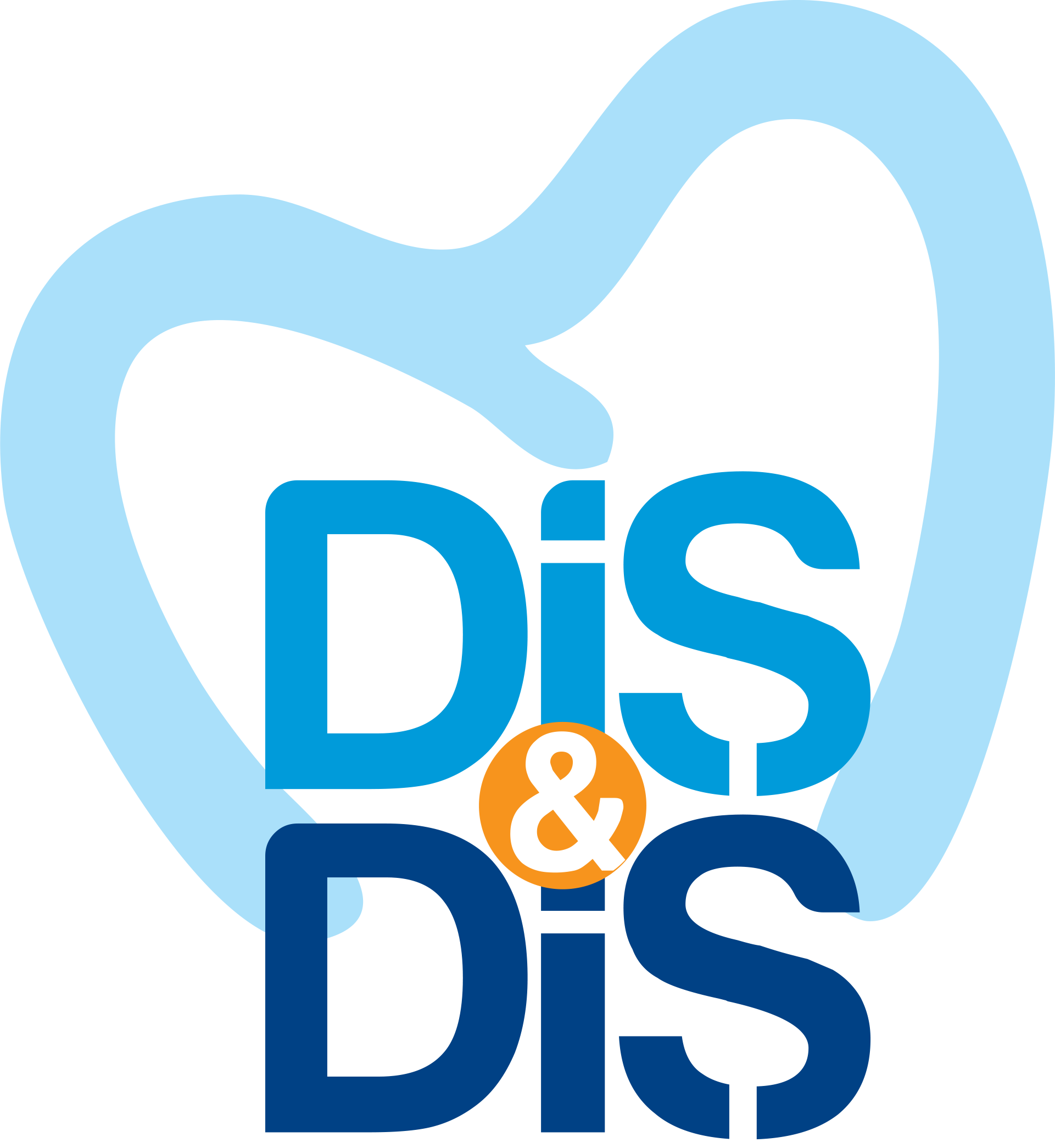It’s recommended to visit the dentist at least twice a year for routine checkups and cleanings. However, your dentist may recommend more frequent visits based on your oral health needs.
Frequently Asked Questions (FAQ)
To prevent cavities, brush your teeth twice a day with fluoride toothpaste, floss daily, limit sugary and acidic foods and drinks, and visit your dentist regularly for cleanings and checkups.
Gum disease, also known as periodontal disease, is an infection of the tissues that surround and support your teeth. It can cause red, swollen, and bleeding gums, and if left untreated, can lead to tooth loss.
To prevent gum disease, practice good oral hygiene by brushing and flossing regularly, using an antimicrobial mouthwash, quitting smoking, and visiting your dentist regularly.
Dental implants are a popular option for replacing missing teeth. They are artificial tooth roots that are surgically placed into the jawbone to support a replacement tooth or bridge.
A root canal is a procedure to treat an infected or inflamed tooth pulp. During the procedure, the infected pulp is removed, and the tooth is cleaned and sealed.
There are many cosmetic dentistry options to improve the appearance of your smile, including teeth whitening, veneers, dental bonding, and orthodontic treatment.
Yes, there are many at-home teeth whitening options, including over-the-counter whitening products, whitening strips, and customized whitening trays provided by your dentist.
A dental crown is a tooth-shaped cap that is placed over a damaged or decayed tooth to restore its shape, size, and strength.
If you have a dental emergency, such as a knocked-out tooth, severe toothache, or broken tooth, contact your dentist immediately for emergency care.
If you have a dental emergency, such as a severe toothache, a broken tooth, or a knocked-out tooth, it’s important to seek treatment as soon as possible. Call your dentist or an emergency dental clinic to schedule an appointment. In the meantime, you can apply a cold compress to the affected area to reduce swelling and take over-the-counter pain medication as needed.
